In the vast tapestry of computer history, a trailblazer's brilliance and innovation remain hidden in the shadows of time. Gary Kildall, a name that echoes with the potential to rival the great Bill Gates, remains a lesser-known figure in the annals of technology. Today, we will take a heartfelt journey through the life and legacy of an unsung hero whose visionary ideas paved the way for the technological marvels we cherish today.
Before we venture further, I am compelled to share a cautionary note. Brace yourself for our path is not one of triumph and jubilation. Instead, it is a story etched with poignant brushstrokes, one of the most sorrowful tales to emerge from computer history.
As we unravel the chapters of Gary Kildall's captivating yet bittersweet narrative, let us pause to appreciate his profound impact on the ever-evolving landscape of computing. His contributions, deserving of recognition and remembrance, stir emotions of admiration and wistfulness as we contemplate the untapped potential that could have reshaped technological history.
The Rise and A Pivotal Turning Point in the PC Industry
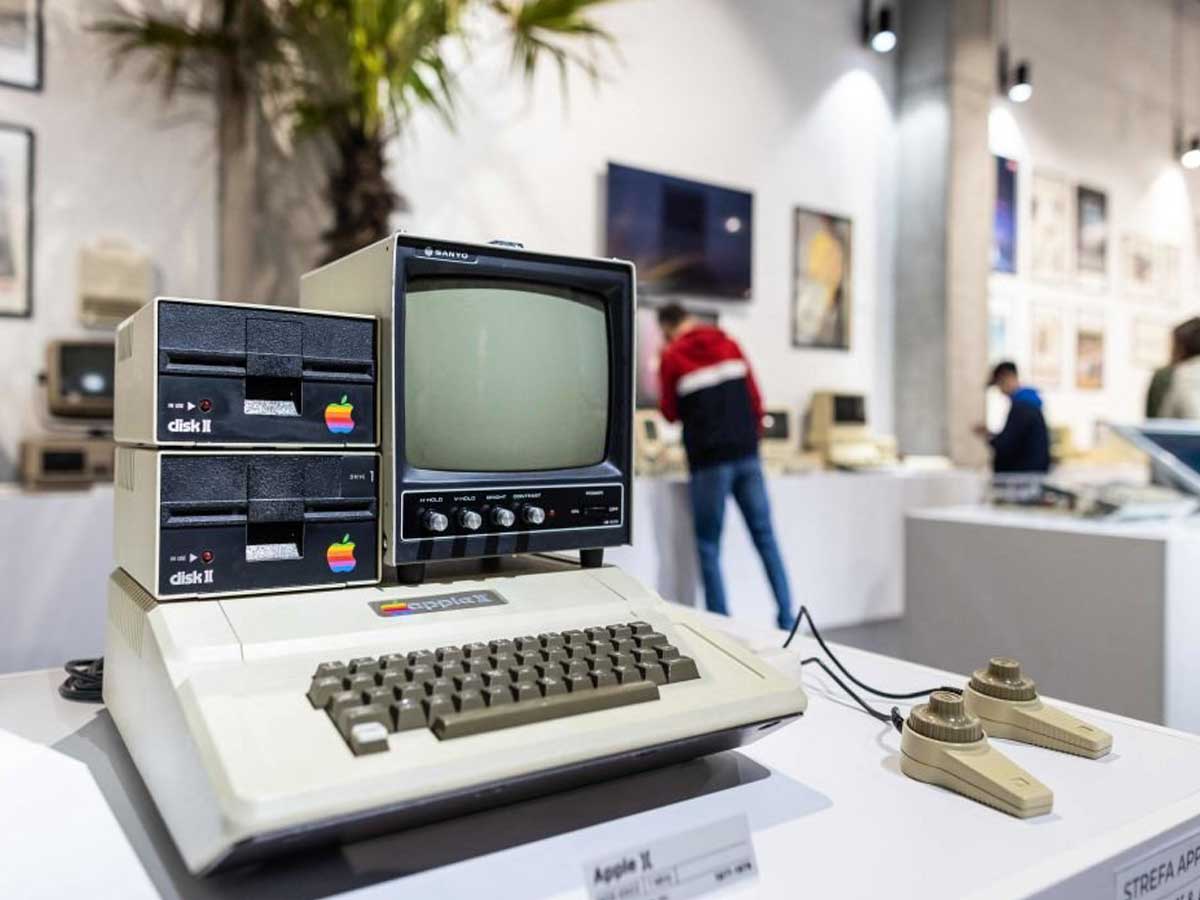
At the forefront of personal computing (PC), development is one moment that stands out in memory when Apple launched its revolutionary creation, the Apple II, in 1977 and unleashed massive waves of change throughout computing as it revolutionized every industry it touched.
Apple II achieved unprecedented success upon its introduction. Led by Steve Wozniak and Steve Jobs' creative collaboration, it revolutionized computing by merging power, versatility, and user-friendliness in one elegant package, revolutionizing PC market accessibility while seducing tech enthusiasts far and wide!
The Apple II's arrival was an important landmark in PC industry history, marking a turning point and ushering in an exciting era for computing. Gone was hobbyist computing; its sleek design, vibrant color graphics, and a wide array of applications brought PCs into mainstream society for the first time. Furthermore, Apple II signaled technological renewal among tech titans eager to shape computing's future, sparking fierce competition concerning who would shape its destiny next.
IBM's Pursuit of a Business-Oriented Personal Computer
IBM's Encounter with Gary Kildall
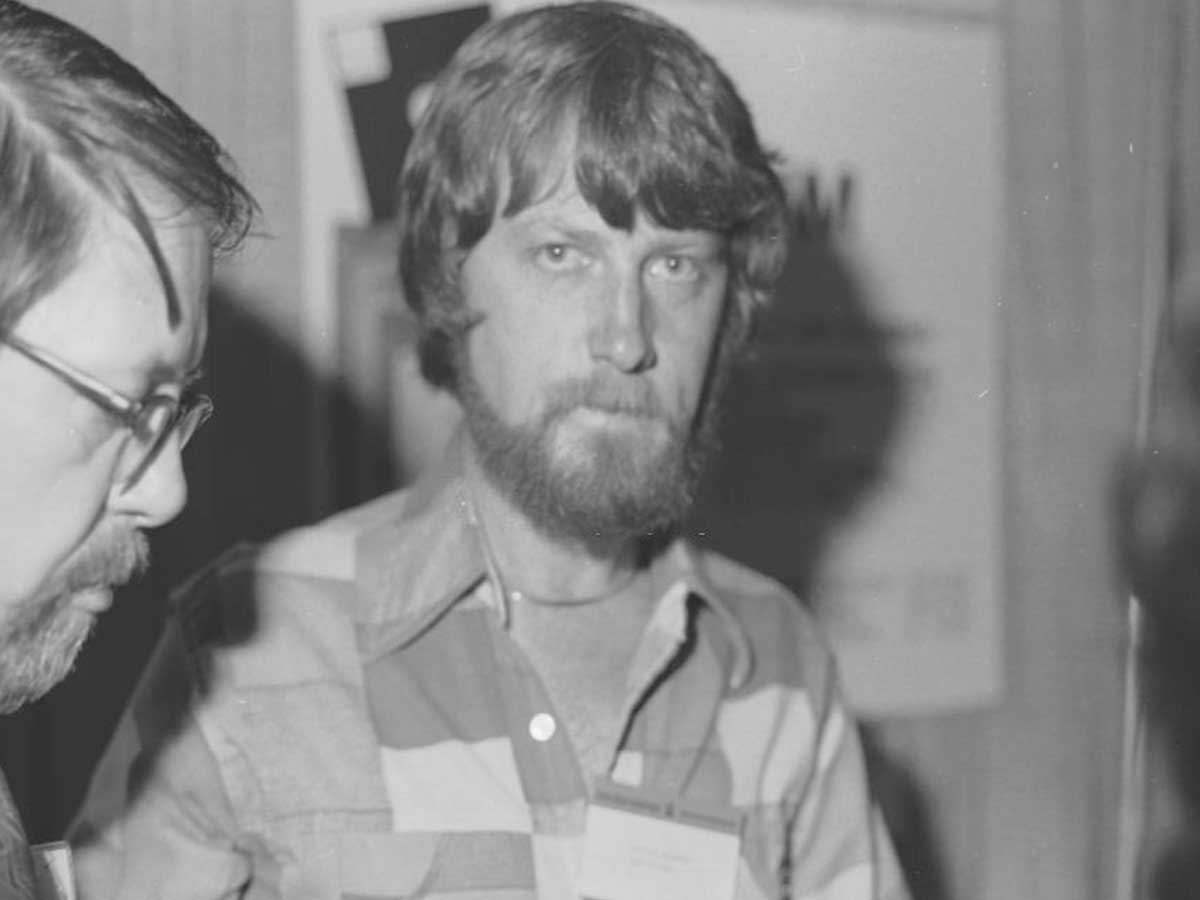
As IBM sought to bring their business-oriented personal computer to fruition, they recognized the crucial need for an operating system to power their innovative machine effectively. In their quest for the ideal operating system, IBM turned their attention to Gary Kildall, a renowned pioneer in operating systems and the creator of CP/M.
Gary Kildall's contributions to the world of computing were remarkable. He had played a pivotal role in developing CP/M, an operating system that had gained considerable recognition and popularity among early microcomputers. Kildall's visionary ideas and expertise in operating systems made him an appealing candidate for IBM's ambitious project.
IBM's decision to approach Gary Kildall was driven by their recognition of his significant contributions and expertise in the field. In addition, they saw the value in collaborating with a seasoned professional who possessed an intricate understanding of operating systems and their potential to enhance the functionality of personal computers.

By reaching out to Gary Kildall, IBM aimed to secure a powerful and reliable operating system that would complement their hardware and meet the specific requirements of their business-oriented PC. Kildall's reputation as an innovator and his track record of success with CP/M made him an ideal candidate to fulfill this crucial role in IBM's project.
This encounter between IBM and Gary Kildall marked a significant juncture in the history of computing. It represented a convergence of two influential forces in the industry, with IBM's resources and reputation combined with Kildall's expertise and vision. The outcome of this encounter would shape the course of computing history, paving the way for further advancements and transformations in the field.
Missed Opportunity

In a turn of events that would have significant implications for the future of computing, IBM encountered a missed opportunity when it attempted to collaborate with Gary Kildall, a pioneering figure in the realm of operating systems. Recognizing Kildall's expertise and creation of the widely acclaimed CP/M operating system, IBM saw potential in securing his involvement in their new personal computer venture.
However, due to a series of unfortunate circumstances, IBM could not meet directly with Kildall himself. Instead, they found themselves conversing with his wife, Dorothy, during their visit to Kildall's Digital Research offices. Unfortunately, this unforeseen encounter occurred while Kildall was away, and the opportunity to discuss a potential collaboration slipped through their fingers.

During the conversation with Dorothy, IBM presented its intention to forge a partnership and requested her signature on a non-disclosure agreement (NDA) to protect its proprietary information. However, to IBM's disappointment, Dorothy refused to sign the NDA on behalf of her husband. The reasons behind her decision remain unclear, but this refusal marked a pivotal moment in the unfolding story, as it closed the door to a potential collaboration between IBM and Kildall.
The missed opportunity with Kildall left IBM at a crossroads, compelling them to seek alternative options for an operating system for their forthcoming personal computer. Little did they know that this unforeseen setback would lead them down a different path, setting the stage for a historic partnership with another rising force in the industry, Bill Gates, and his operating system, QDOS.
Embracing the challenge after their missed opportunity with Gary Kildall, IBM sought an alternative path for their operating system. Their gaze turned to an ambitious and promising figure in the software industry—Bill Gates, the driving force behind Microsoft.
Turning to Bill Gates and MS-DOS
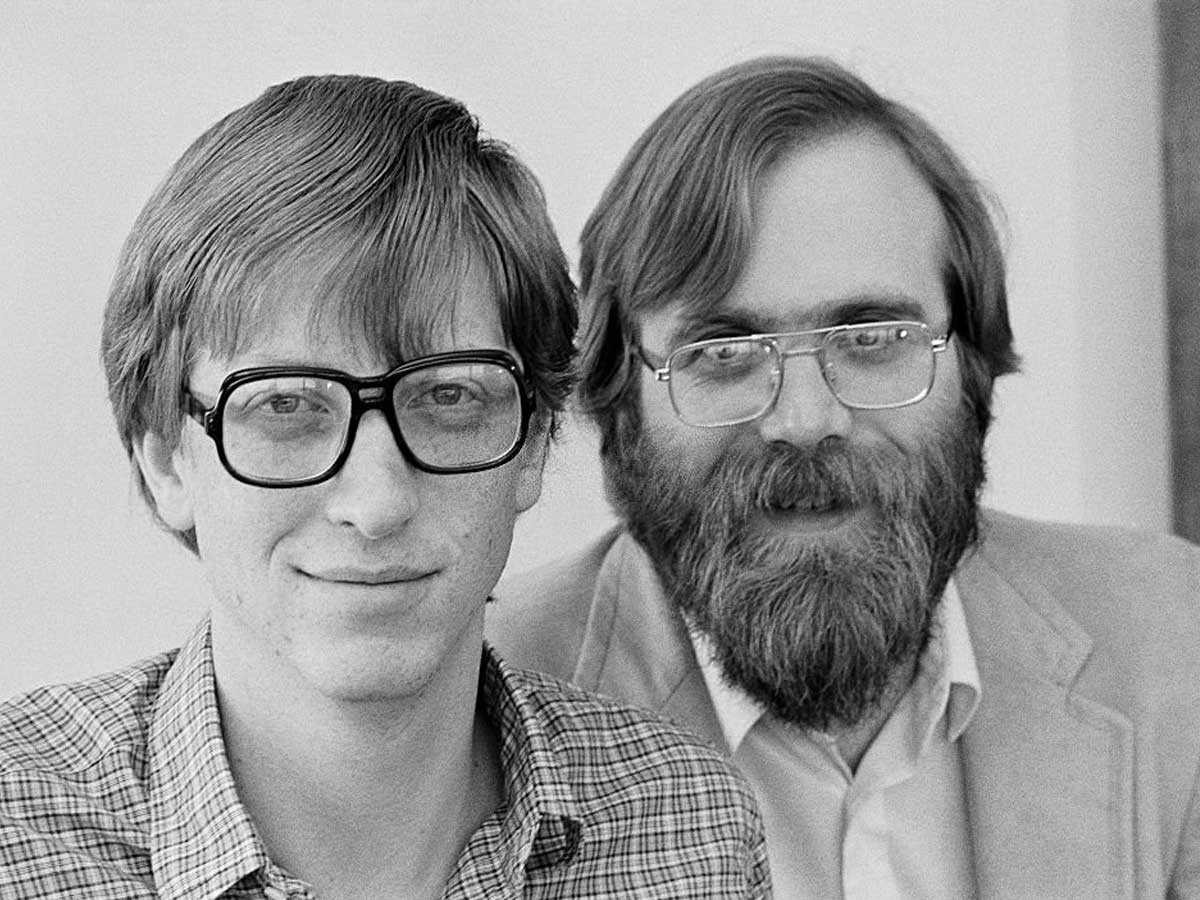
IBM's partnership with Bill Gates and their acquisition of the Quick and Dirty Operating System (QDOS) profoundly overshadow Gary Kildall's contributions to the computing industry. When IBM approached Gates with the opportunity to develop an operating system for their personal computer, Gates recognized the immense potential and prestige associated with collaborating with such a prominent company. So instead of starting from scratch, Gates and his team strategically decided to acquire QDOS, a pre-existing operating system developed by Tim Paterson of Seattle Computer Products.
QDOS shared striking similarities with Kildall's CP/M, but Microsoft acquired the rights to QDOS, enhanced and modified it, and rebranded it as MS-DOS (Microsoft Disk Operating System). This move solidified MS-DOS as the foundation of IBM's personal computer, providing a standardized platform for software developers and establishing Microsoft as a major player in the software industry.
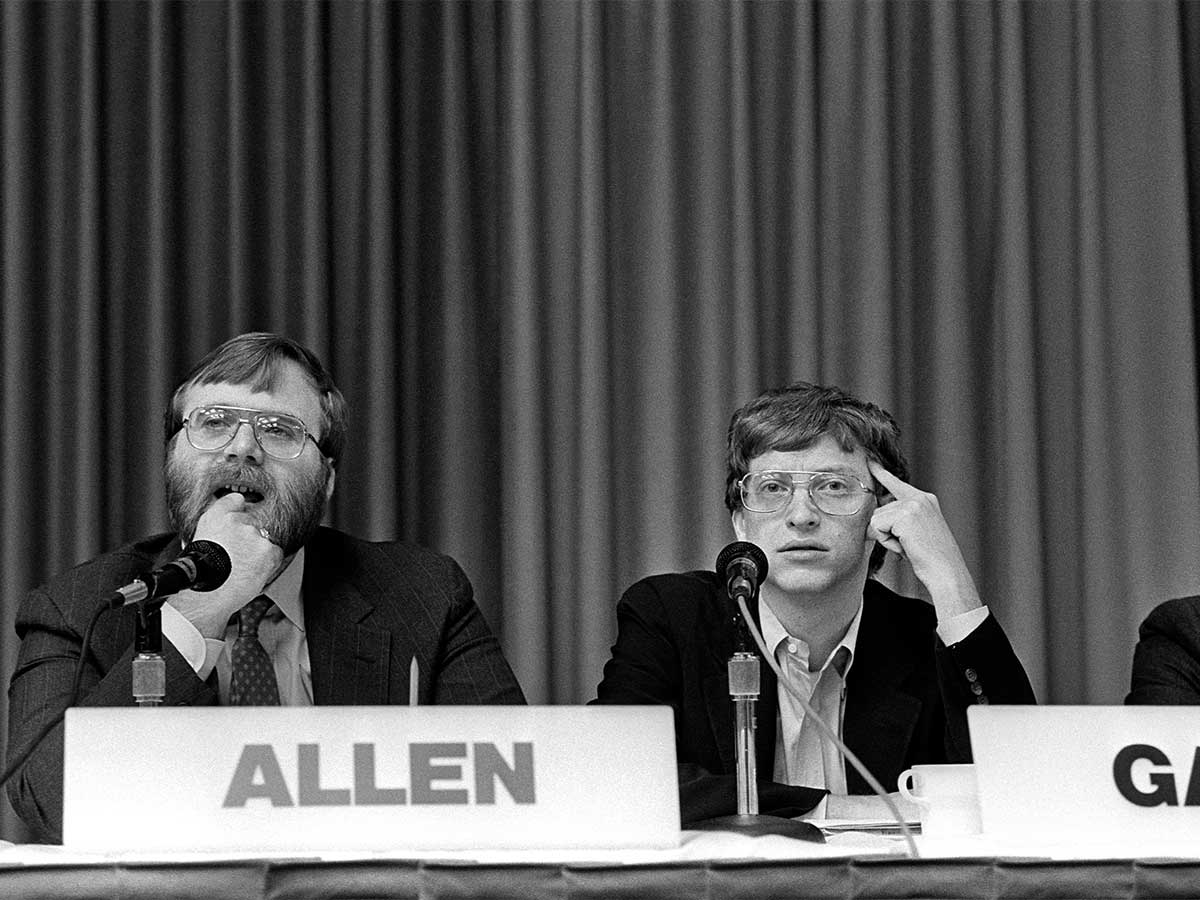
The acquisition of QDOS and the subsequent rise of MS-DOS propelled Microsoft to unprecedented heights while overshadowing Kildall's achievements. MS-DOS became the industry standard, casting a shadow over the significance of CP/M and Kildall's pioneering work.
However, it is essential to acknowledge that Kildall continued to innovate in operating systems. Following the decline of CP/M, he co-founded Digital Research and developed DR DOS, a compatible alternative to MS-DOS. Kildall's relentless pursuit of innovation led to advancements in various technologies, including networking and graphical user interfaces. Despite the overshadowing of his earlier contributions, Kildall's dedication to pushing the boundaries of computing continued to shape the industry's trajectory.
Microsoft and IBM PC: Victorious Partners in Competition.
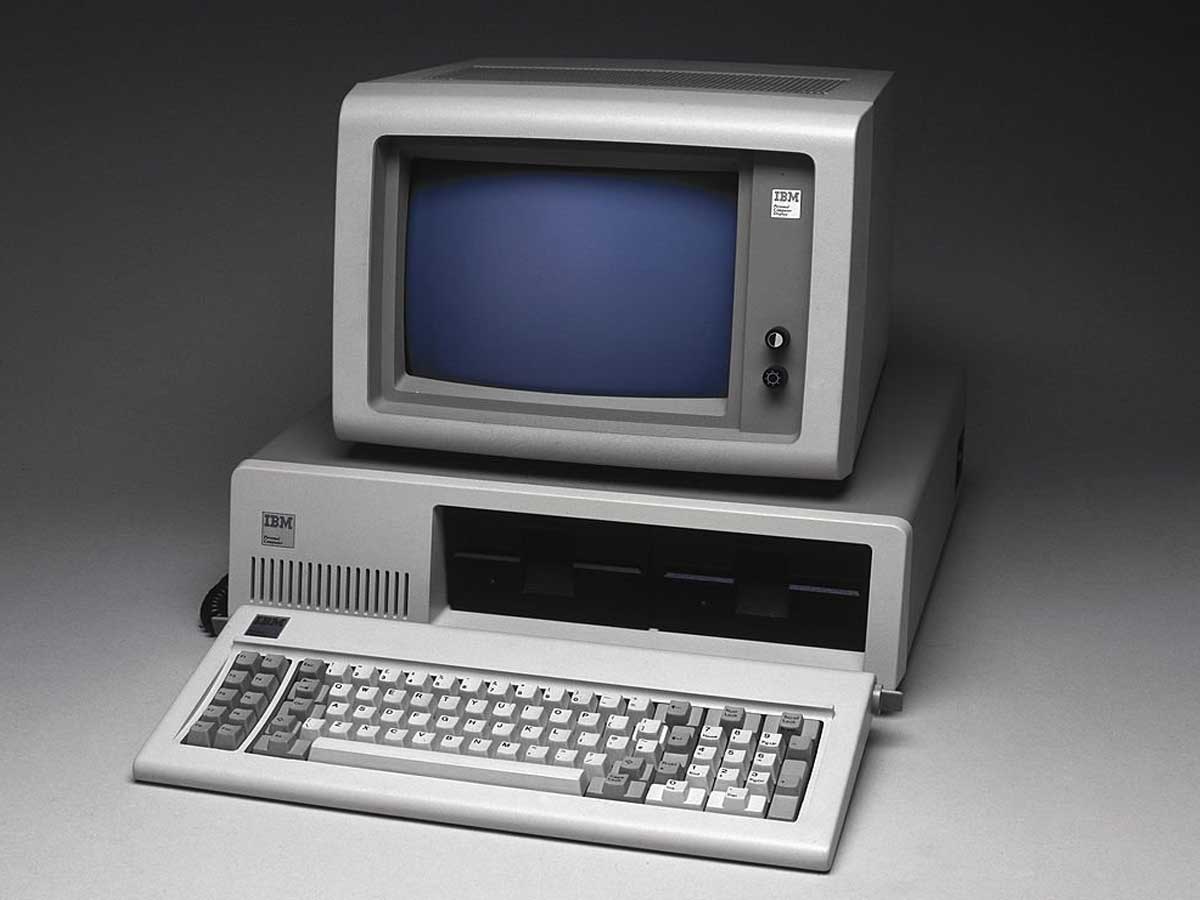
Unveiling the IBM PC on November 5th, 1981, forever transformed the computing landscape and established IBM as the industry leader. With its technological advancements, compatibility, and standardization, the IBM PC received an overwhelming response from consumers, quickly becoming their preferred choice for computing needs. In addition, IBM's dedication to building an extensive ecosystem of software developers and third-party vendors further solidified its position as the premier PC manufacturer.
Microsoft seized an opportunity by licensing MS-DOS to IBM, establishing it as the dominant operating system for personal computers. Microsoft's strategic decision to license MS-DOS to other manufacturers contributed to its widespread adoption and solidified its position as a key player in the PC industry. In addition, the user-friendly interface, software compatibility, and efficient performance of MS-DOS fueled a thriving software ecosystem as developers focused on designing applications exclusively for the platform.
As Microsoft continued to enhance and release new versions of MS-DOS, its dominance in the operating systems market grew stronger. This dominance ensured their future success and solidified their position as the leading provider of operating systems for personal computers.
Kildall's Response and Resolution
Upon learning of IBM's decision to choose Microsoft and their MS-DOS operating system over his creation, CP/M Gary Kildall, a renowned figure in the early days of operating systems, experienced a profound realization of the opportunity that had eluded him. Moreover, he recognized that IBM's choice had forever shaped the industry's trajectory, leaving him to ponder what could have been.
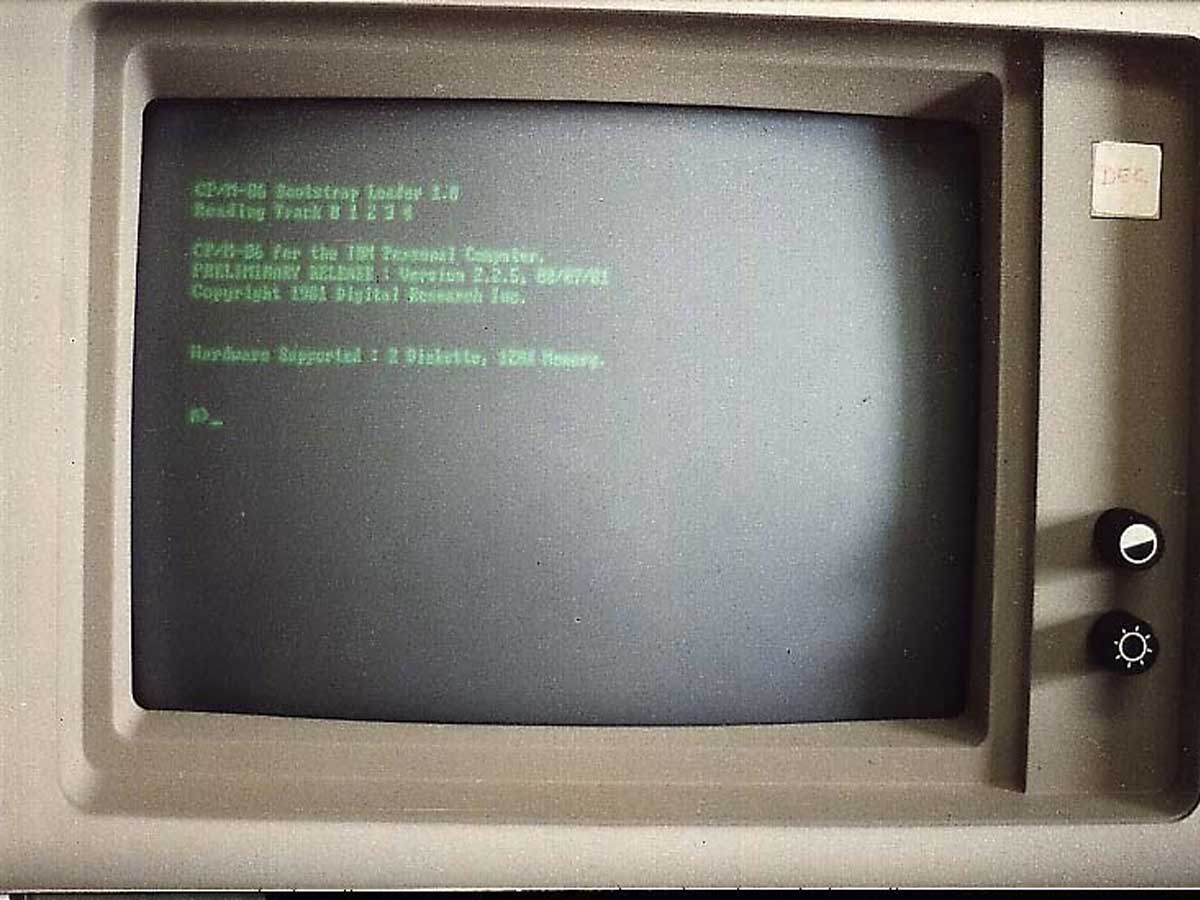
In light of IBM's decision, Kildall took a firm stance, threatening legal action against the tech giant. He contended that IBM's selection of MS-DOS infringed upon his intellectual property rights and asserted that CP/M, in his view, was the superior operating system that should have been chosen.
However, the situation did not escalate into a protracted legal battle. Ultimately, Kildall and IBM reached an undisclosed settlement to resolve their differences. While the specific terms of the settlement remain undisclosed, it is widely believed that Kildall received financial compensation from IBM as part of the agreement.
The settlement ended the confrontation between Kildall and IBM, closing a chapter marked by missed opportunities and legal disputes. While CP/M did not achieve the widespread success Kildall had envisioned, his contributions to the advancement of operating systems and his pioneering work in the field remain significant. While not negating the impact of the missed opportunity, the resolution with IBM provided a degree of closure for Kildall and allowed him to forge ahead in his career.
The Decline of CP/M
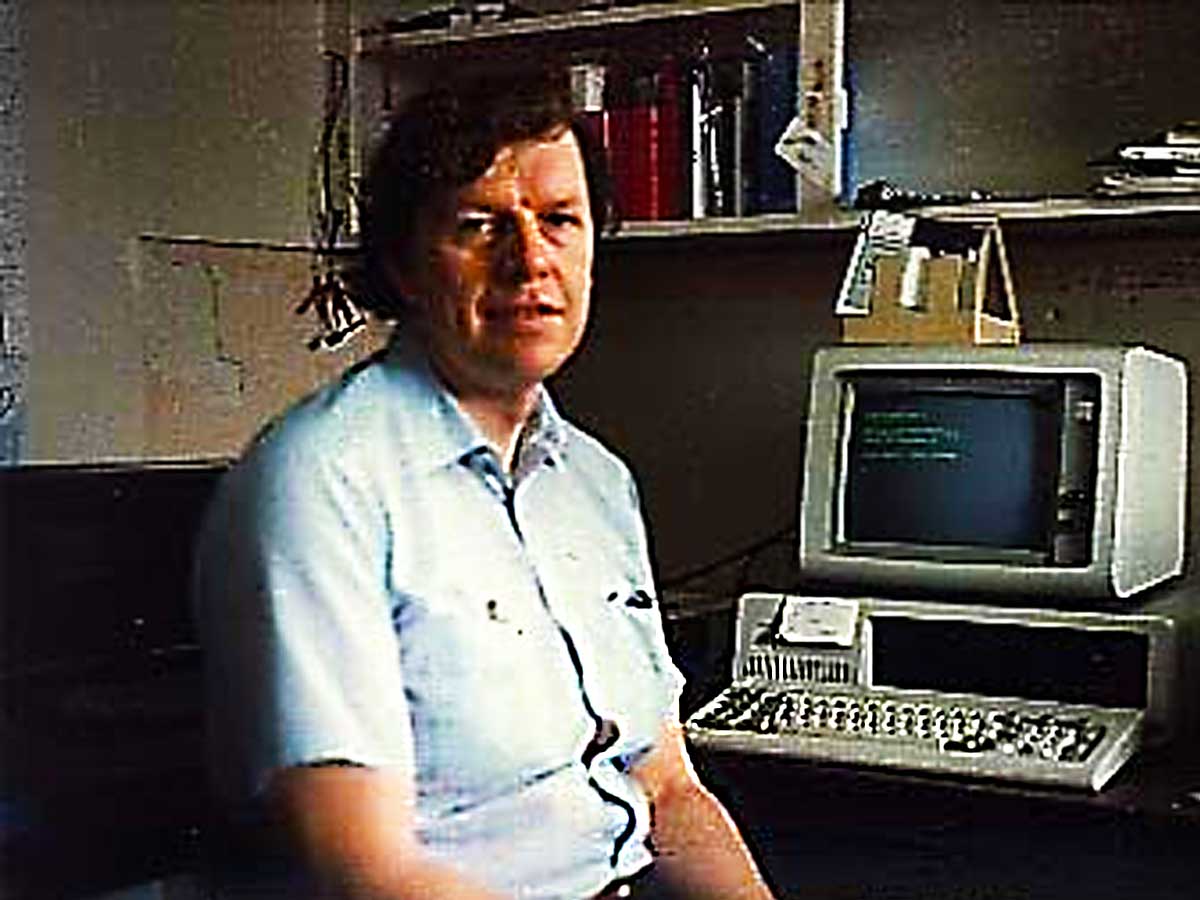
At the advent of personal computing's rapid rise, IBM PC and MS-DOS quickly rose in prominence while the once-revered operating system CP/M saw its reputation wane. One reason was due to CP/M's relatively higher costs compared with MS-DOS. When both software packages were first sold, they cost $40, while CP/M was priced at $240.
Microsoft licensed MS-DOS to IBM and other manufacturers as an economical alternative to CP/M. MS-DOS appealed to more people, individuals, and businesses looking for cost-efficient solutions due to its more attractive price points, therefore playing an essential part in driving down its popularity. This price disparity helped drive its decline.
An extensive range of software and hardware options specifically tailored for MS-DOS further tilted the scales in its favor. As a result, software developers increasingly focused on producing applications compatible with MS-DOS rather than creating programs compatible with CP/M. This lack of compatibility limited the choices available to CP/M users, diminishing its appeal and hindering its ability to meet ever-evolving market requirements.
Kildall's Personal Challenges
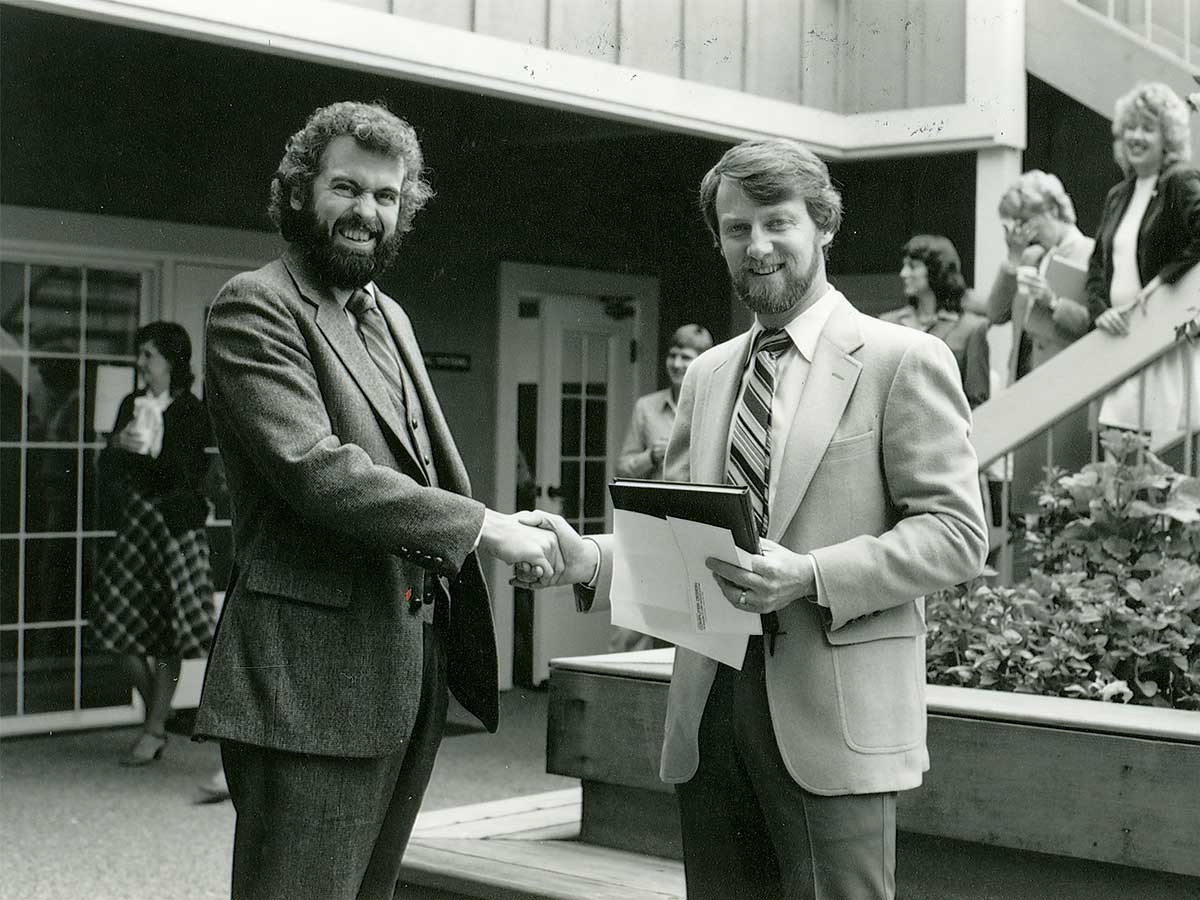
Amidst the tumultuous landscape of the computer industry, Gary Kildall, the visionary behind CP/M, encountered personal challenges that not only deeply affected his life and career but also had significant business implications. It was a journey marked by triumphs and hardships, with Kildall facing internal struggles that cast a shadow over his remarkable achievements.
Kildall missed IBM's visit in 1980, which led to Microsoft's MS-DOS being chosen over CP/M as the standard operating system for the IBM PC. This had significant consequences for Kildall and his company. The toll of this business failure took a heavy emotional toll on Kildall, exacerbating the personal challenges he already faced.
The relentless demands of the rapidly evolving technology world and the weight of missed opportunities pushed him into a downward spiral of depression and alcoholism. The sadness and disillusionment he experienced became constant companions, overshadowing his once bright and innovative spirit. The inability to fully capitalize on the potential of CP/M and secure its place in the emerging market landscape contributed to the erosion of his motivation and interest in the field he had helped shape.

In addition to his mental health challenges, Kildall's battle with alcoholism further intensified the complexity of his struggles. The allure of alcohol, perhaps as a means of escape from the pressures and disappointments he faced, posed further obstacles in his path. Its grip on his life may have clouded his judgment, impaired his decision-making abilities, and hindered his ability to seize new opportunities.
Tragically, the world bid farewell to Kildall in 1994, marking the end of a journey filled with brilliance and adversity. His untimely demise served as a poignant reminder of the toll personal challenges can take on even the most talented and innovative minds. Yet, amidst the shadows, it is crucial to remember the indelible mark Kildall left on the technology landscape. His pioneering spirit and contributions continue to shape the very foundations of modern computing, forever etching his name in the annals of technological history.
The Overlooked Legacy
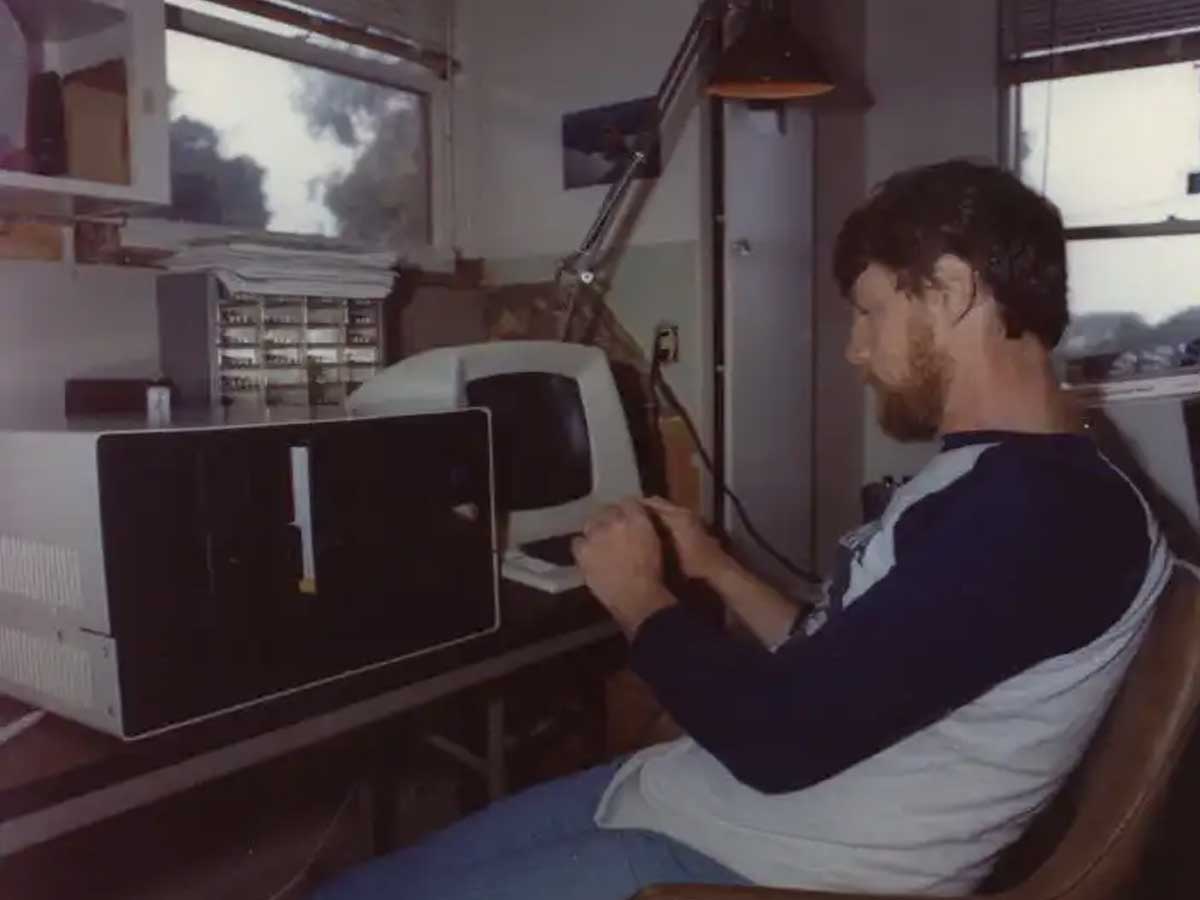
Despite his significant contributions to the field of computing, Gary Kildall's role in shaping the course of technological history often goes unnoticed. It is an unfortunate tendency within the annals of computing to overlook the impact and innovations brought forth by Kildall and his creation, CP/M. But if we can take any lessons away from them, it might be to make the most of every opportunity.
This neglect can be attributed to Microsoft's dominance and the popularity of its operating system, MS-DOS. With the computing industry advancing rapidly and the market saturated with IBM-compatible PCs, the narrative shifted towards the victory of MS-DOS, leaving CP/M and Kildall in obscurity.
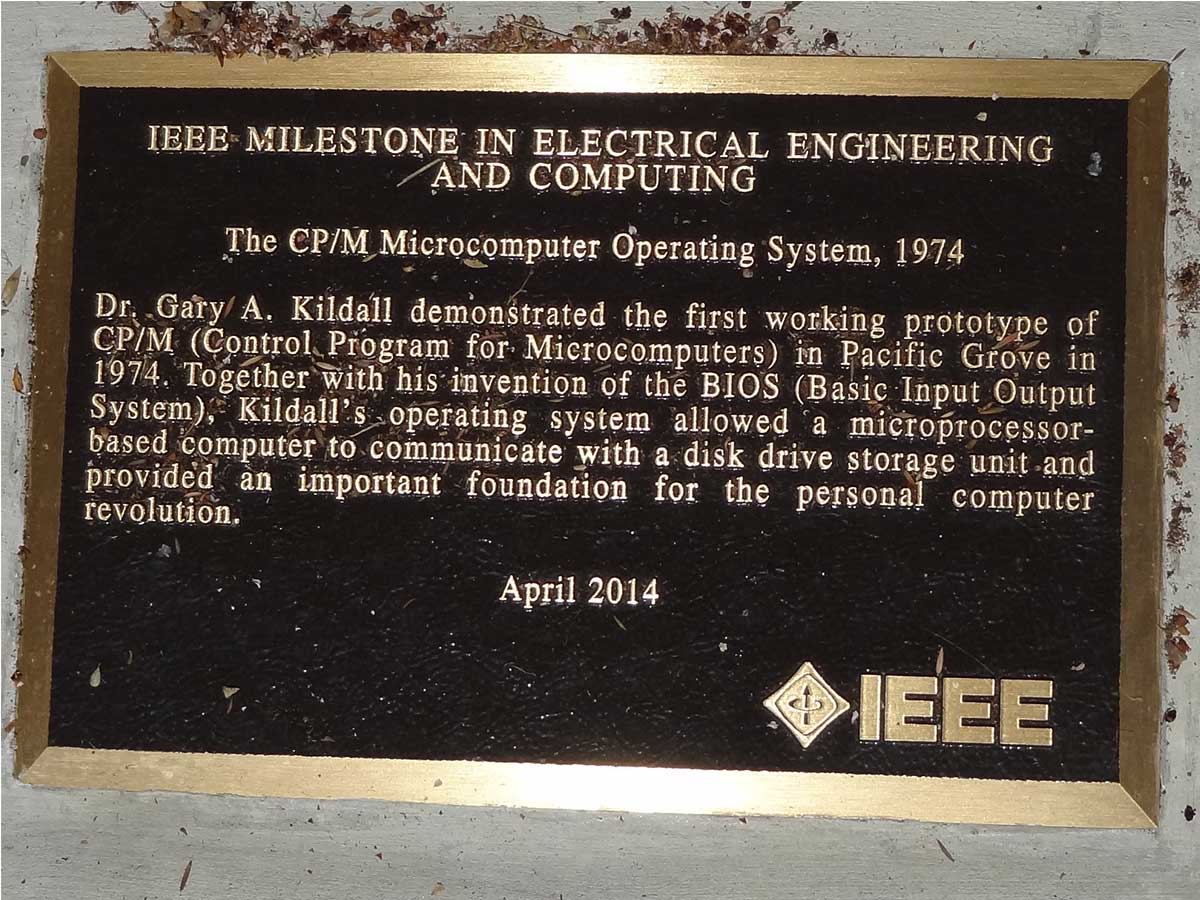
The historical narrative mostly focuses on high-profile figures like Bill Gates, whose entrepreneurial success and business acumen captured the public's attention. However, Kildall, a brilliant innovator and pioneer, needed higher visibility and marketing prowess; mostly because of that, Kildall's contributions tend to be overlooked or overshadowed by the more prominent figures of the time.
As technology advances, newer generations of users are becoming increasingly detached from the origins of computing. Unfortunately, this can result in older pioneers like Kildall fading into the background as the focus shifts to current advancements and innovations.

By acknowledging and highlighting Kildall's contributions, we honor his pioneering spirit and innovative mindset and gain a deeper understanding of the rich tapestry of computing history. Moreover, it is a reminder that progress is often built upon the foundations laid by unsung heroes like Kildall, whose ingenuity and vision helped shape the digital landscape we navigate today. But if we can take any lessons away from them, it might be to make the most of every opportunity.
Sources: wearcam.org / pbs.org / cult.honeypot.io / computerhistory.org / digitalresearch.biz / si.edu / digitec.ch












